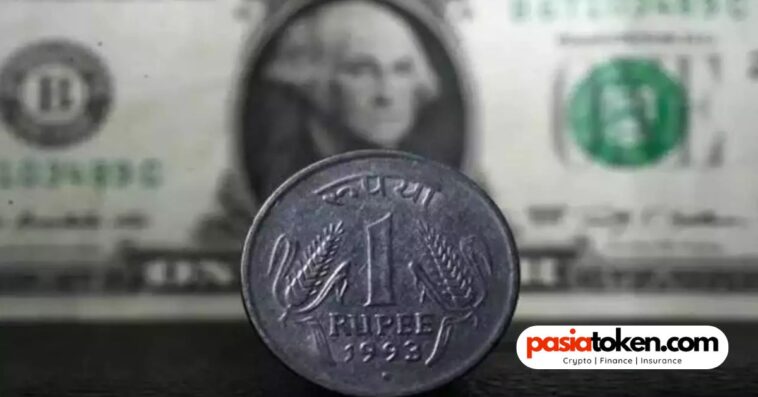The Indian rupee dropped to an all-time low of ₹84.37 against the U.S. dollar, marking its third consecutive session of decline. This recent dip reflects the impact of ongoing foreign fund outflows and a lackluster performance in domestic equities, both influenced by global economic shifts and rising U.S. treasury yields.
Indian Rupee
Key Factors Behind the Decline

- Foreign Fund Outflows: International investors have been pulling capital from Indian markets, seeking higher returns in stronger-performing economies, adding pressure to the rupee.
- Strong U.S. Dollar: The dollar’s strength, driven by high U.S. bond yields, has made other currencies like the rupee comparatively weaker.
- Muted Domestic Equities: Domestic stock performance has also influenced investor sentiment, creating a cycle where lower equity returns lead to further currency depreciation.
Economic Implications
A weaker rupee raises import costs, especially for essential commodities like oil, which is traded in dollars. This can lead to inflationary pressures on consumer goods, impacting the everyday costs for the Indian public. Additionally, Indian companies with dollar-denominated debt might see their repayment burdens increase, further pressuring balance sheets.
Outlook
Economists suggest that stabilizing the rupee may require both policy measures from the Reserve Bank of India (RBI) and a rebound in foreign investments. However, global economic trends, especially from the U.S., continue to play a significant role, which means currency stabilization could take time.
For ongoing updates on forex and financial market trends, stay connected to PaisaToken.com.






